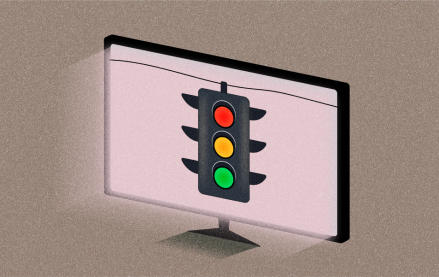Make it independent: The reason why these companies are willing to explore a joint venture with their competitors is that all three have badly missed the product cycle of real-time bidding and they are starting to feel significant pain in their core businesses as a result. A classic innovator’s dilemma is what caused this to happen. RTB as a standard creates numerous issues for their sacred cow of high-priced premium inventory and they have understandably hoped it would fail. Now that it has become clear to even them that RTB is becoming the new online buying standard, they realize they must do something. Yet the cultures of their organizations have been so opposed to RTB for so long that politics will kill any internal effort. Only an independent entity with its own P&L and equity structure has any hope of escaping the long knives. Joint ventures between competitors don’t have a great history in the media industry, but Hulu showed they can sometimes work quite well.
Build or buy new technology: An attempt to repurpose existing technologies such as Right Media is a bad idea. It is simply too late for any of their display technology solutions, as the innovation in the RTB space over the last three years has made all fundamentally obsolete. The reason why they are in this difficult spot is because their existing technology didn’t keep up, and adopting antiquated technology would doom this effort from the very start.
Make it an ecosystem: Incentivizing the rest of the industry to support this venture would be one of the smartest things they could do. A very easy way to do this is to structure the entity like a stock exchange where the participants own the exchange. If they simply enabled other media companies to get an ownership stake in exchange for committing impressions and startup capital, they could very quickly build a very sizable entity able to compete with Google. Creating such an exchange with diversified ownership would also go a long way to allaying the concerns many have about singular owners of exchanges also being participants a la Google.
This industry is too important for one player to dominate. I hope the Big Three can get their acts together and provide a needed credible alternative.
Zach Coelius is CEO of Triggit, a demand-side platform. Follow him on Twitter @zachcoelius.
More in Media

What publishers are wishing for this holiday season: End AI scraping and determine AI-powered audience value
Publishers want a fair, structured, regulated AI environment and they also want to define what the next decade of audience metrics looks like.

Media giant Essence launches a marketplace for Black women-led brands
Essence has launched WeLoveUs.shop, a new online marketplace dedicated to Black women-led brands.

In Graphic Detail: The state of AI referral traffic in 2025
The stats reveal a new audience pipeline forming outside of traditional search and social platforms.





